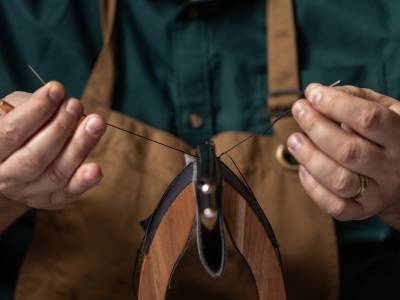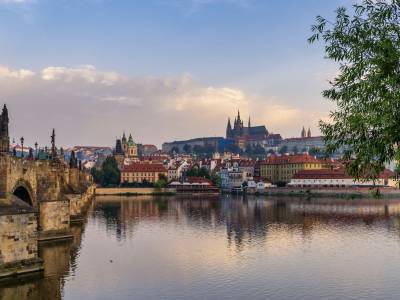The Rossettis at The Tate
The Rossettis exhibition at The Tate throws a spotlight on the three best-known protagonists of the Pre-Raphaelite movement, the poet Christina Rossetti, the artist Dante Gabriel Rossetti and the artist Elizabeth Siddal, who married Gabriel and deserved to be better known in their day. It is a deep dive exploration into the fascinating story and rich creative output of this extraordinary family. The exhibition ambitiously combines poetry and painting, including sensor-operated audio readings from the gallery floor of Rossetti’s verse, which unfurls in script across the walls.




